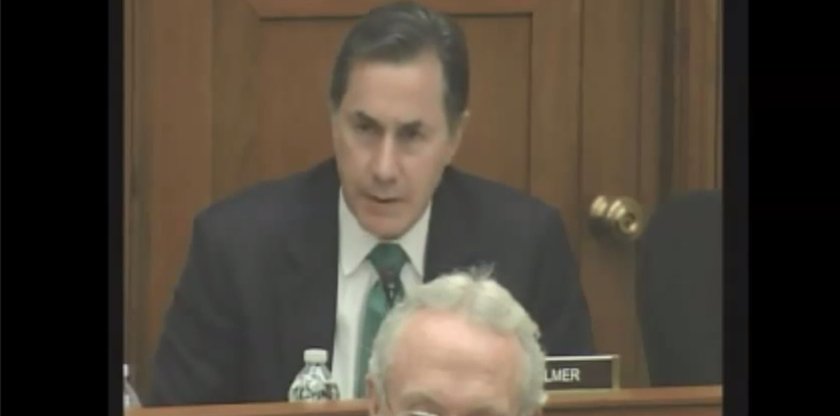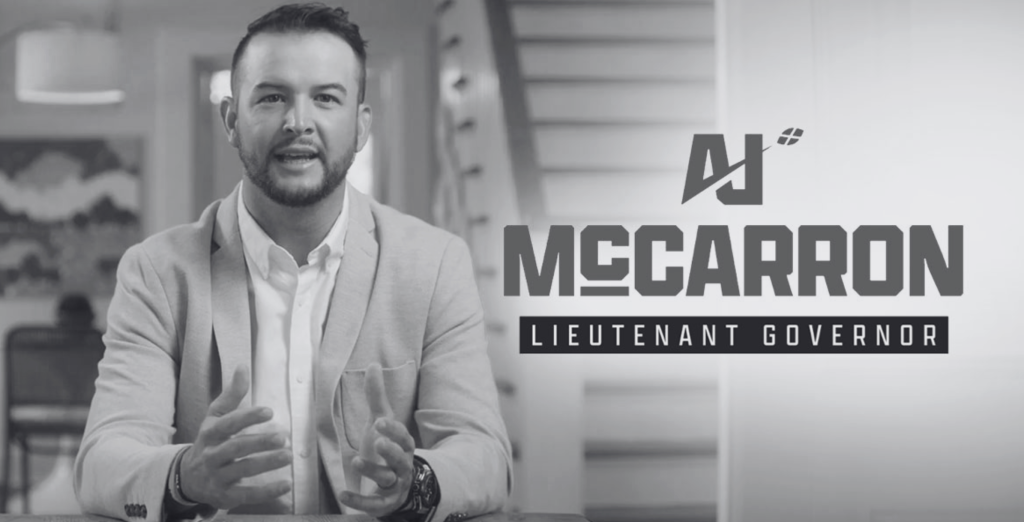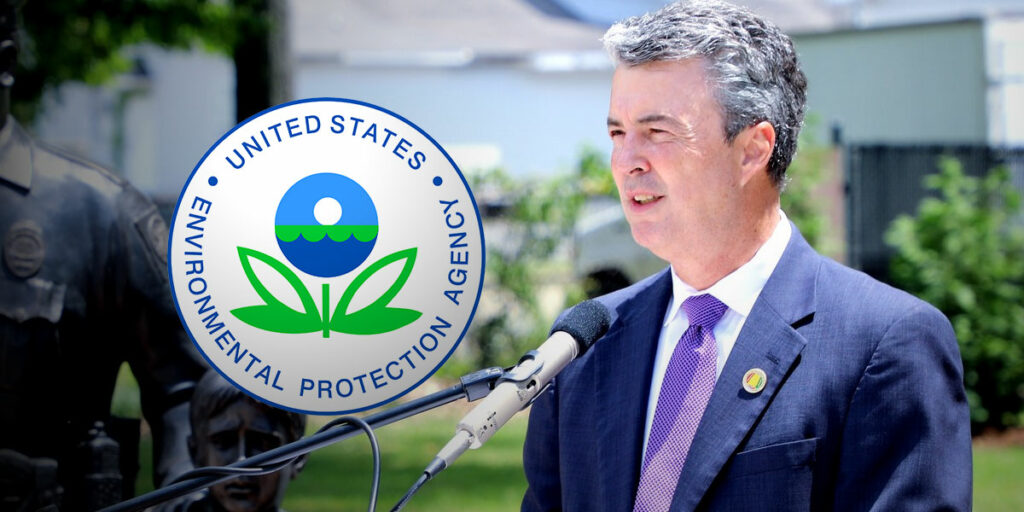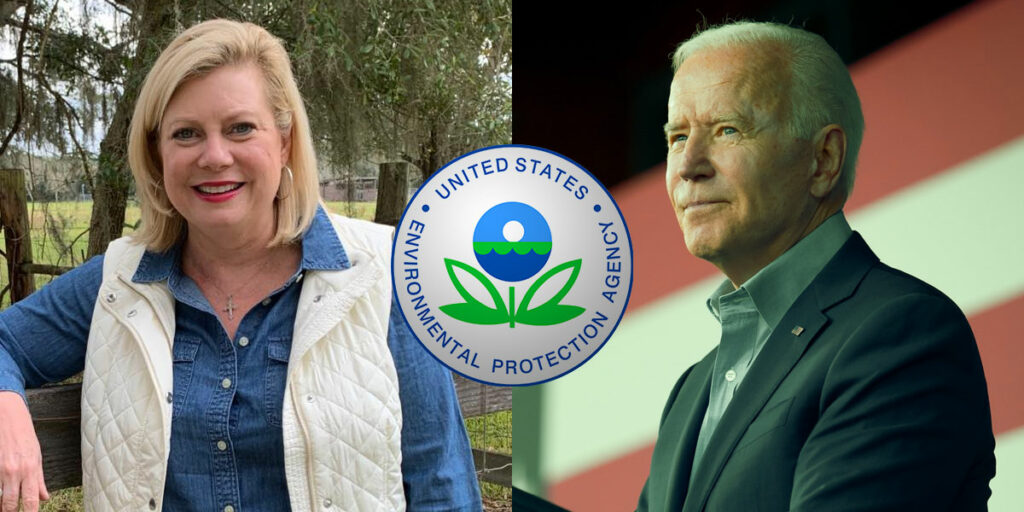(Video above: Rep. Gary Palmer (R-AL6) discusses EPA Ozone regulations)
WASHINGTON — Congressman Gary Palmer, in a Science, Space, and Technology committee meeting Tuesday afternoon, slammed the Environmental Protection Agency (EPA) for its controversial proposed ozone regulations, which to be implemented he said would require the use of technology that does not even exist.
“The EPA has not been able to identify how the proposed standards will be met,” he said. “This sounds like ‘shoot first, ask questions later’ rule-making.”
The EPA’s proposed regulations would impose a limit of 65-70 parts per billion (ppb) for ozone, down from the current accepted level of 75 ppb. While that may seem like an arbitrary decrease, it is estimated that the more stringent standards would cost American businesses between $4 billion and $15 billion by 2025.
Rep. Palmer challenged the necessity and feasibility of the proposal, pressing regulators to provide information on how the standards could be met, arguing that such technology is imaginary at this point.
“Should we be imposing this much burden on the American people when the EPA doesn’t even know how this rule can be accomplished?” He asked.
Eldon Heaston, a representative of the Mojave Desert Air Quality Management District, agreed with Rep. Palmer that the technology may not be developed, and the EPA’s rules may not be cost effective.
Birmingham, once famous for its heavily-polluted air, has met and exceeded the EPA’s regulations in more recent years, and many opponents of the agency’s proposed rules argue that the regulations would do much more harm in Alabama than good.
Alabama Power, which provides electricity for most of the state, has already spent $3 billion in recent years to keep up with EPA regulations, and would need to spend even more to comply with new ozone levels—costs that would almost certainly be passed on to customers.
The $15 billion mentioned above would come in the form of increased prices or job losses. Coupled with the EPA’s other proposed cuts on carbon emissions, these regulations could have a disastrous effect on the Alabama economy.
A recent study found that the EPA’s carbon emissions cuts could put in jeopardy the state’s $1.3 billion a year coal industry, and could raise the price of electricity by 20%.
So, Rep. Palmer inferred, the proposed regulations would do more to harm the health and wellbeing of the nation’s vulnerable populations than help.
Palmer then turned to Dr. Mary B. Rice, who was there testifying in support of the regulations.
“Would you agree that an individual’s health is directly impacted by their economic or income status?” Rep. Palmer asked, to which Rice replied in the affirmative.
“So lost jobs would impact their health?” He asked. Again Dr. Rice responded positively.
The EPA has until October to decide whether or not to implement the rules.
Check out the whole interaction in the video above.
Like this article? Hate it? Follow me and let me know how you feel on Twitter!
— Elizabeth BeShears (@LizEBeesh) January 21, 2015













